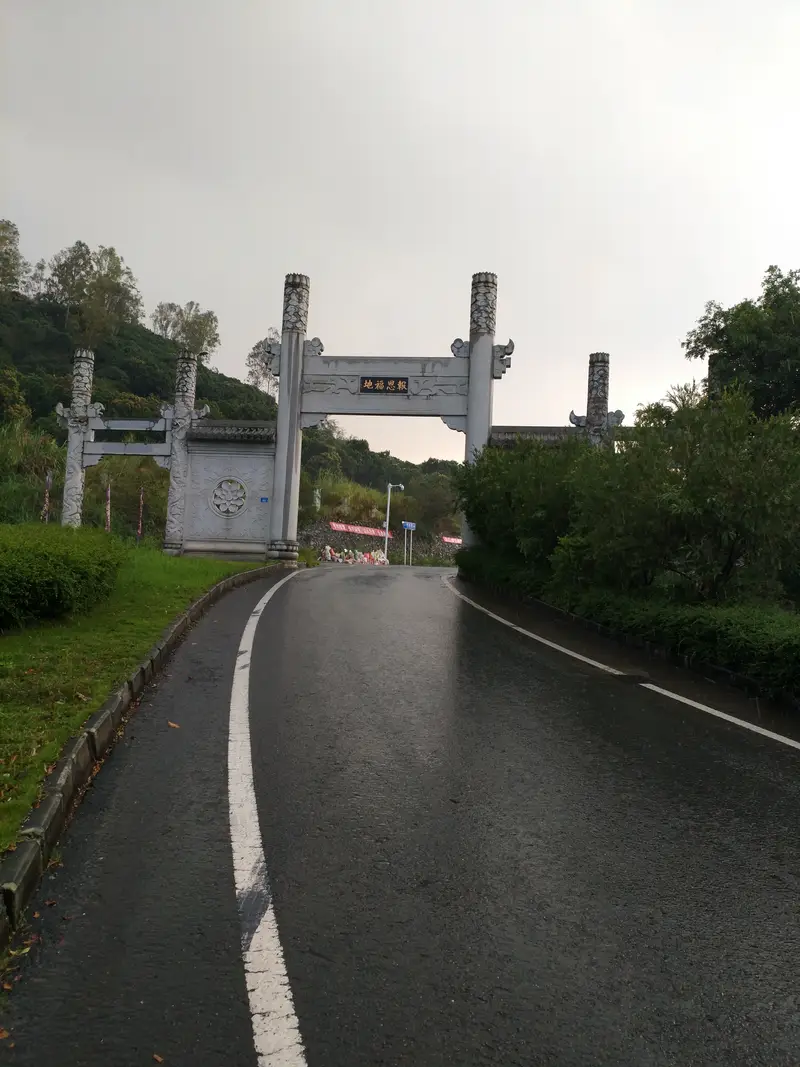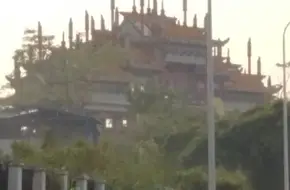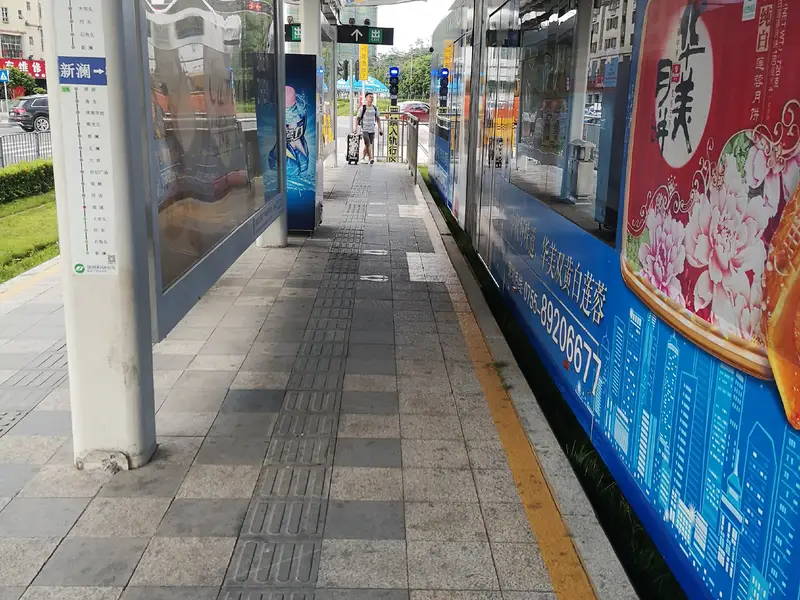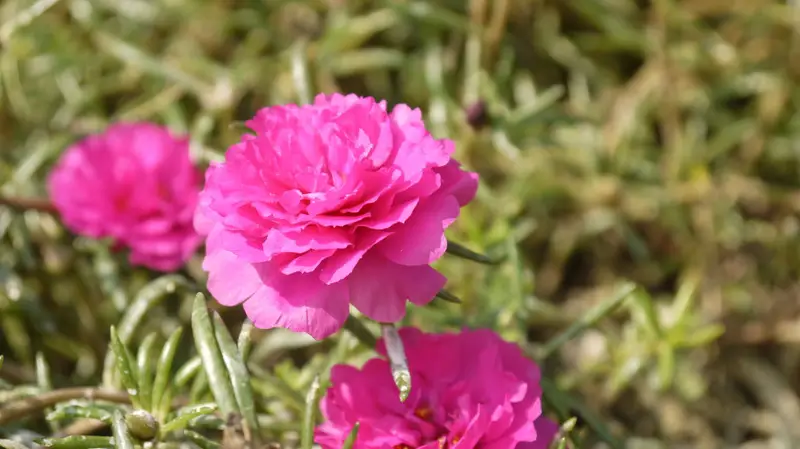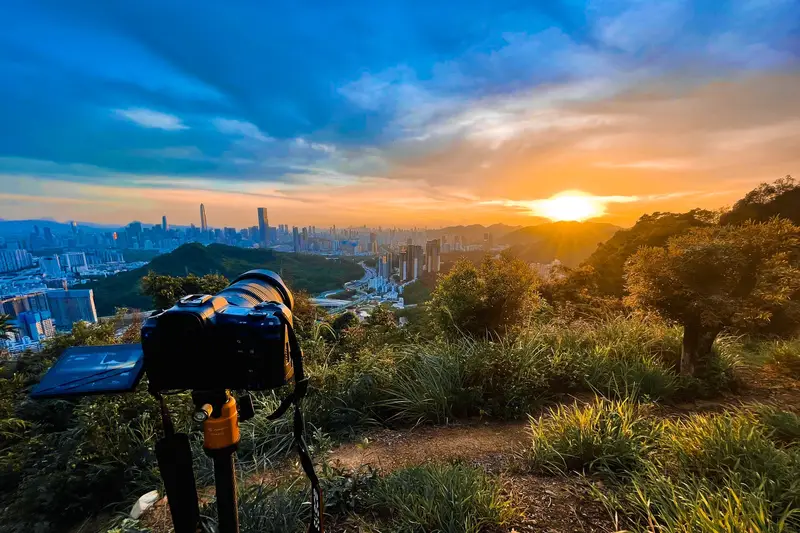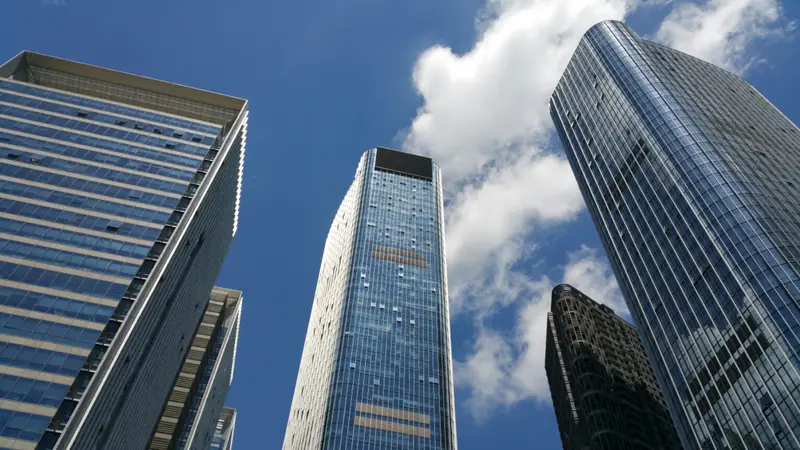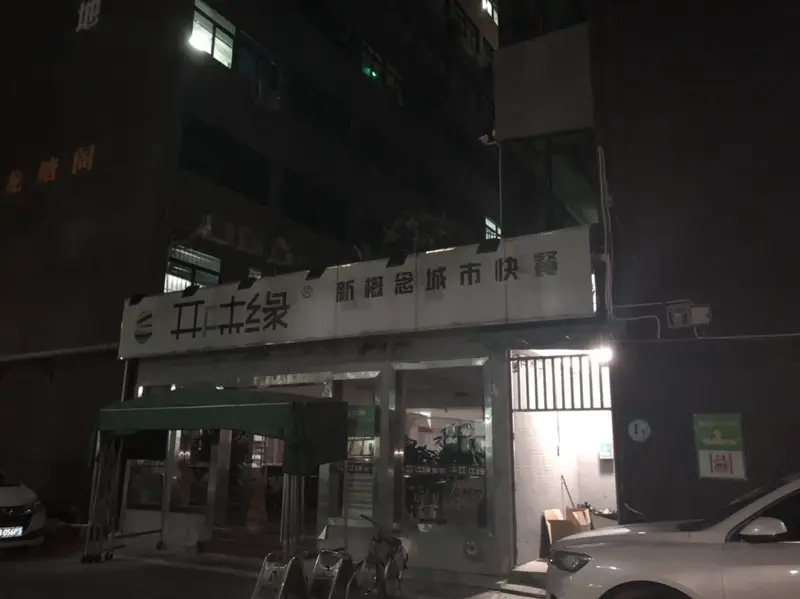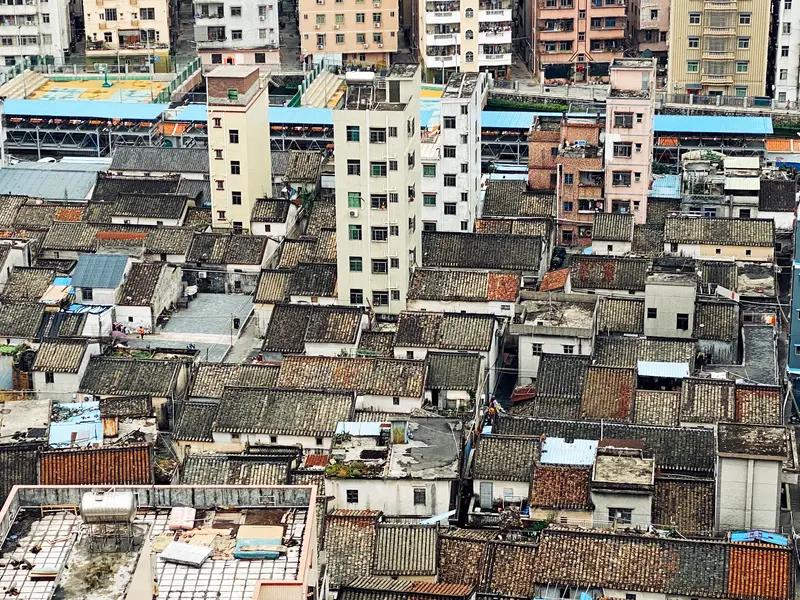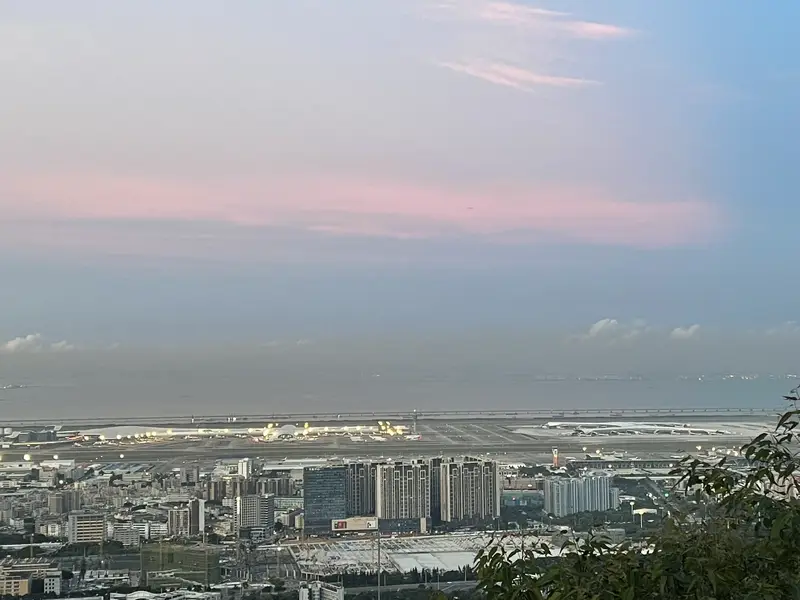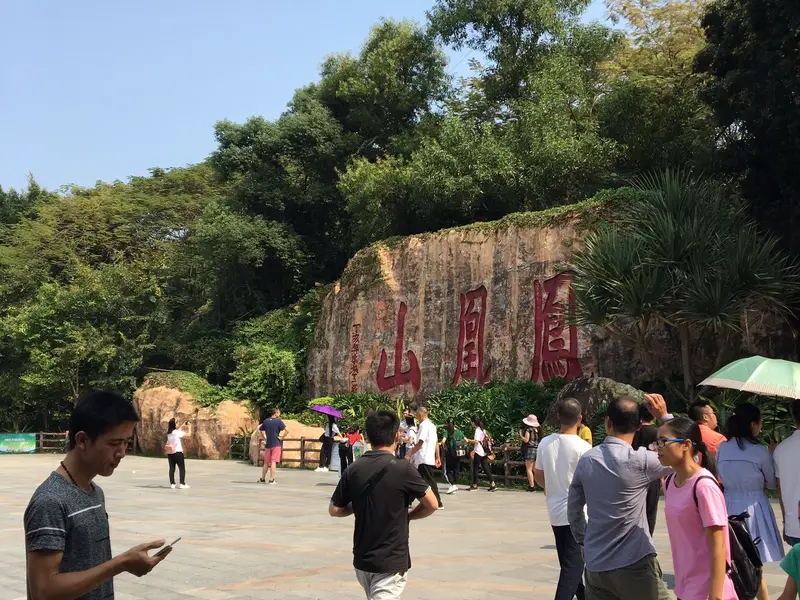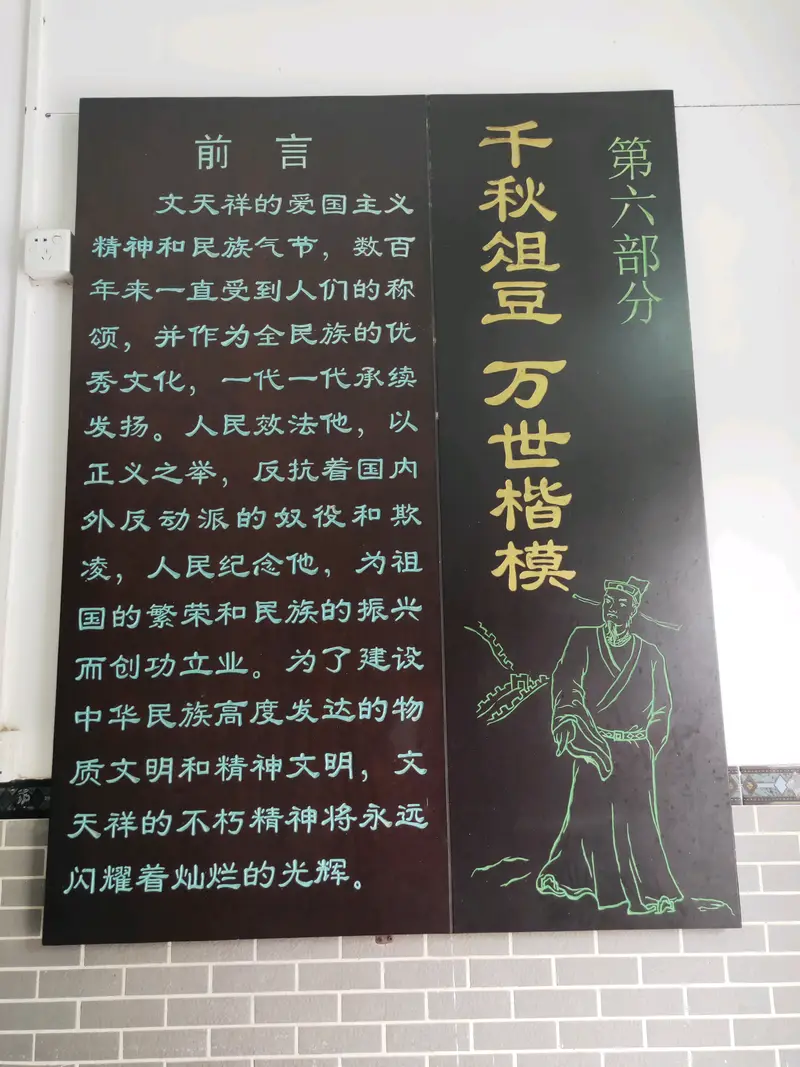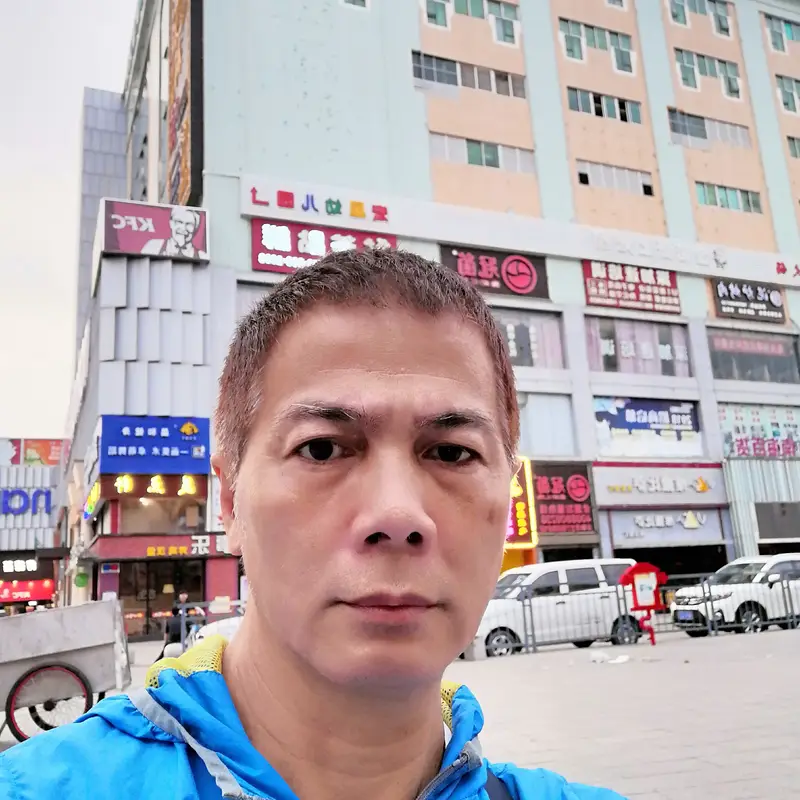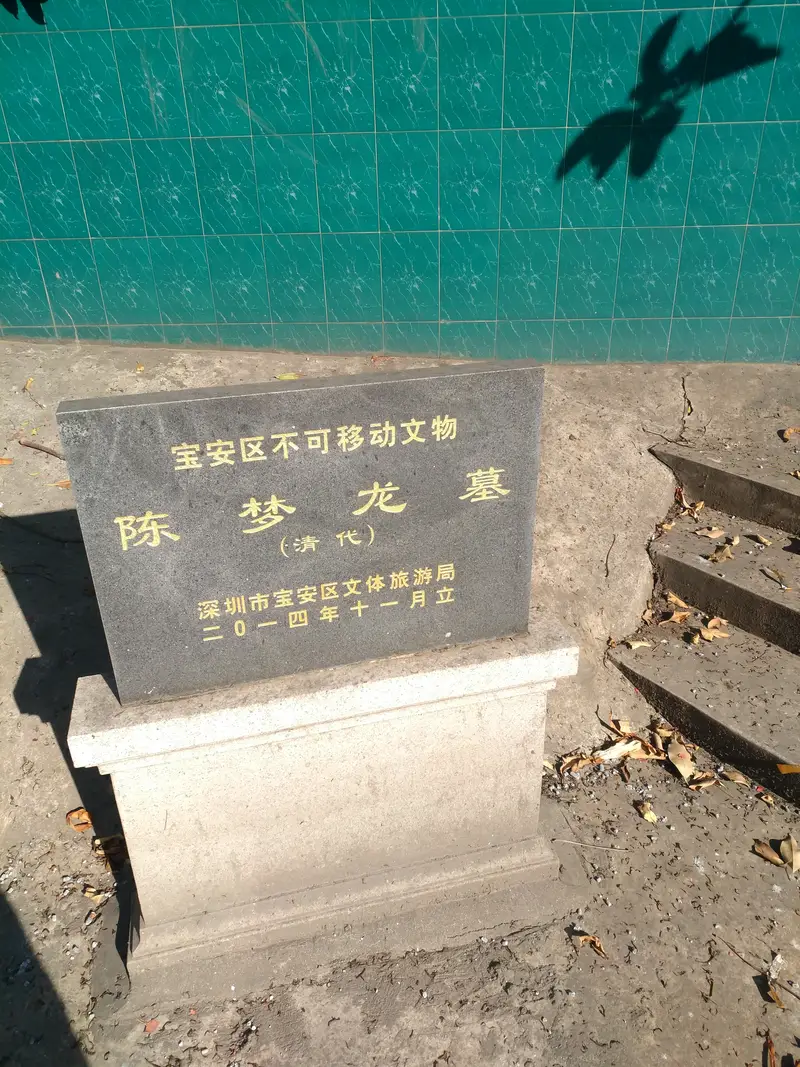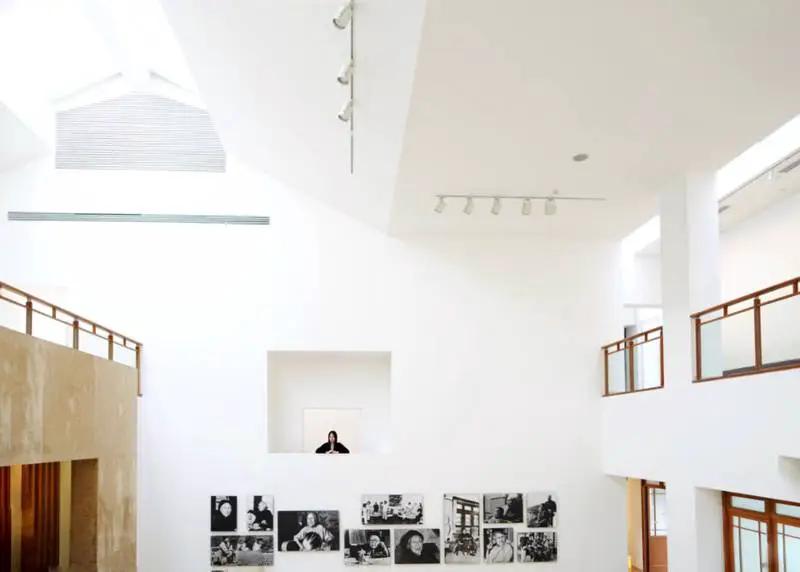Introduction to Bao'En Fudi Cemetery
Hey there, fellow travel enthusiasts! Today, I want to take you on a unique journey to a place that might not be on everyone's typical travel itinerary but is definitely worth a visit. We're heading to Bao'En Fudi Cemetery in Shenzhen, China. Now, before you start wondering why a cemetery would be on a travel blog, stick with me. This place is not just any ordinary graveyard; it's a modern marvel with a rich history and stunning landscapes. Let's dive in!
Geographical Location
Bao'En Fudi Cemetery is located at 169 East Avenue, Bao'An District, Shenzhen, Guangdong Province. If you're looking at a map of Shenzhen, you'll find it nestled in the southern part of the city, surrounded by lush greenery and rolling hills. The address might sound a bit out of the way, but don't let that deter you. The journey to Bao'En Fudi Cemetery is part of the adventure!
How to Get There
Getting to Bao'En Fudi Cemetery is relatively easy. If you're coming from downtown Shenzhen, you can take the metro to Bao'An Center Station and then hop on a bus or grab a taxi. The cemetery is well-signposted, so you won't have trouble finding it. If you prefer driving, there's plenty of parking space available. Just keep an eye out for the signs as you approach the area.
Natural Landscape
One of the first things you'll notice when you arrive at Bao'En Fudi Cemetery is its breathtaking natural beauty. Unlike traditional cemeteries, this one is designed to blend seamlessly with the surrounding environment. Rolling hills, manicured lawns, and vibrant flower beds create a serene and peaceful atmosphere. The grounds are meticulously maintained, making it a perfect spot for a quiet stroll or some quiet reflection.
As you walk through the cemetery, you'll encounter various gardens and open spaces that are not only visually appealing but also serve as resting areas for visitors. The combination of natural elements and thoughtful design makes Bao'En Fudi Cemetery feel more like a park than a burial ground. It's a great place to escape the hustle and bustle of city life and enjoy some tranquility.
Cultural Significance
Bao'En Fudi Cemetery is not just a pretty face; it also has deep cultural roots. The name “Bao'En Fudi” translates to “Land of Gratitude,” reflecting the Chinese tradition of showing respect and gratitude to ancestors. The cemetery was established in 1992 and officially opened in 2001 after receiving all necessary permits and licenses from both provincial and municipal authorities.
The layout of the cemetery follows traditional Chinese principles of feng shui (wind and water), which aim to harmonize individuals with their surrounding environment. You'll notice that the graves are arranged in a way that promotes positive energy flow and balance. This attention to detail adds another layer of interest for those curious about Chinese culture and beliefs.
Historical Background
While Bao'En Fudi Cemetery may seem modern, it has a rich history dating back to its inception in the early ‘90s. The project was initially proposed in 1992 and gained momentum over the following years. By 1994, the boundaries were officially marked, and by 1998, all the necessary legal documents were secured. Finally, in 2001, after obtaining the corporate license and operating permits, Bao'En Fudi Cemetery was ready to welcome its first residents.
This timeline gives you an idea of how much care and planning went into creating this special place. It's not just a cemetery; it's a testament to the community's dedication to preserving heritage while embracing modernity.
Facilities and Amenities
You might be surprised to learn that Bao'En Fudi Cemetery offers more than just a final resting place. The facilities here cater to both the deceased and the living. For visitors, there are clean restrooms, benches for sitting, and shaded pavilions where you can relax and take in the surroundings. The paths are well-maintained and easy to navigate, ensuring a pleasant experience for everyone.
In terms of services, Bao'En Fudi Cemetery provides various options for memorialization, including traditional gravesites, columbarium niches, and even tree planting ceremonies. These choices allow families to honor their loved ones in a way that feels right for them. Additionally, the staff is incredibly friendly and knowledgeable, always ready to assist with any questions or concerns.
Visiting Experience
Visiting Bao'En Fudi Cemetery is unlike any other cemetery visit I've had. From the moment you set foot on the grounds, you're greeted with a sense of calm and reverence. The beautiful scenery and peaceful ambiance make it easy to forget you're in a cemetery. Instead, it feels like you're wandering through a sacred garden.
One of the highlights of my visit was stumbling upon a small pond surrounded by weeping willows. The sound of water trickling and the gentle rustling of leaves created a meditative atmosphere that was truly mesmerizing. Another memorable moment was discovering a hidden path lined with lanterns, which added a touch of magic to the evening air.
Throughout my exploration, I encountered several families paying their respects at various gravesites. Their presence reminded me of the cemetery's primary purpose—a place of memory and tribute. Despite being a foreigner, I felt welcomed and respected within these hallowed grounds.
Tips for Visitors
If you're planning a trip to Bao'En Fudi Cemetery, here are a few tips to keep in mind:
Dress Appropriately: While there's no strict dress code, it's best to wear modest clothing as a sign of respect. Avoid bright colors and revealing outfits.
Be Quiet: Remember that this is a place of rest and remembrance. Keep your voice down and avoid loud conversations or disruptive behavior.
Follow Etiquette: If you're visiting specific gravesites, observe any customs or traditions practiced by the families. When in doubt, ask politely or follow their lead.
Bring Water and Snacks: There aren't many food vendors inside the cemetery, so it's a good idea to bring your own refreshments. Just make sure to dispose of trash properly.
Respect Photography Rules: Some areas may prohibit photography due to cultural sensitivities. Always seek permission before taking photos, especially near gravesites.
Plan Your Visit: The cemetery can get quite busy during holidays and special occasions, so try to visit on a weekday if possible. Early morning or late afternoon tends to be less crowded.
Learn About the History: Taking some time to learn about the history and significance of Bao'En Fudi Cemetery can enhance your appreciation of the site. Consider reading up beforehand or joining a guided tour if available.
Take Your Time: With so much to see and absorb, don't rush through your visit. Allow yourself plenty of time to explore different sections and soak in the atmosphere.
Leave a Gesture of Respect: If you feel comfortable doing so, leaving a small token of respect (like a flower or a moment of silence) can be a meaningful way to honor those who have passed.
Capture Memories: While photography might be limited in certain areas, don't forget to capture moments from your visit. Sometimes, simple sketches or written notes can help preserve memories better than photos.
Final Thoughts
Bao'En Fudi Cemetery is more than just a burial ground; it's a place of beauty, history, and culture. Whether you're interested in learning about Chinese traditions, seeking a peaceful retreat, or simply exploring something different, this hidden gem in Shenzhen has something to offer everyone. So next time you're in the area, consider adding Bao'En Fudi Cemetery to your itinerary—you won't be disappointed!


